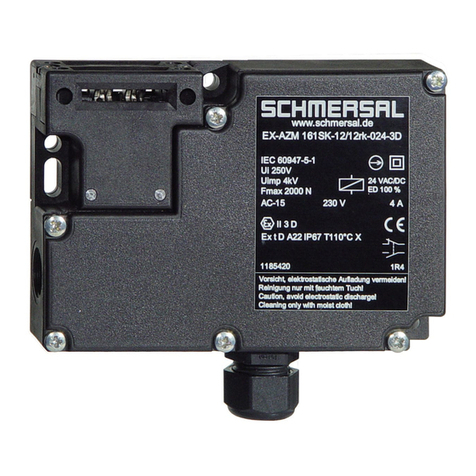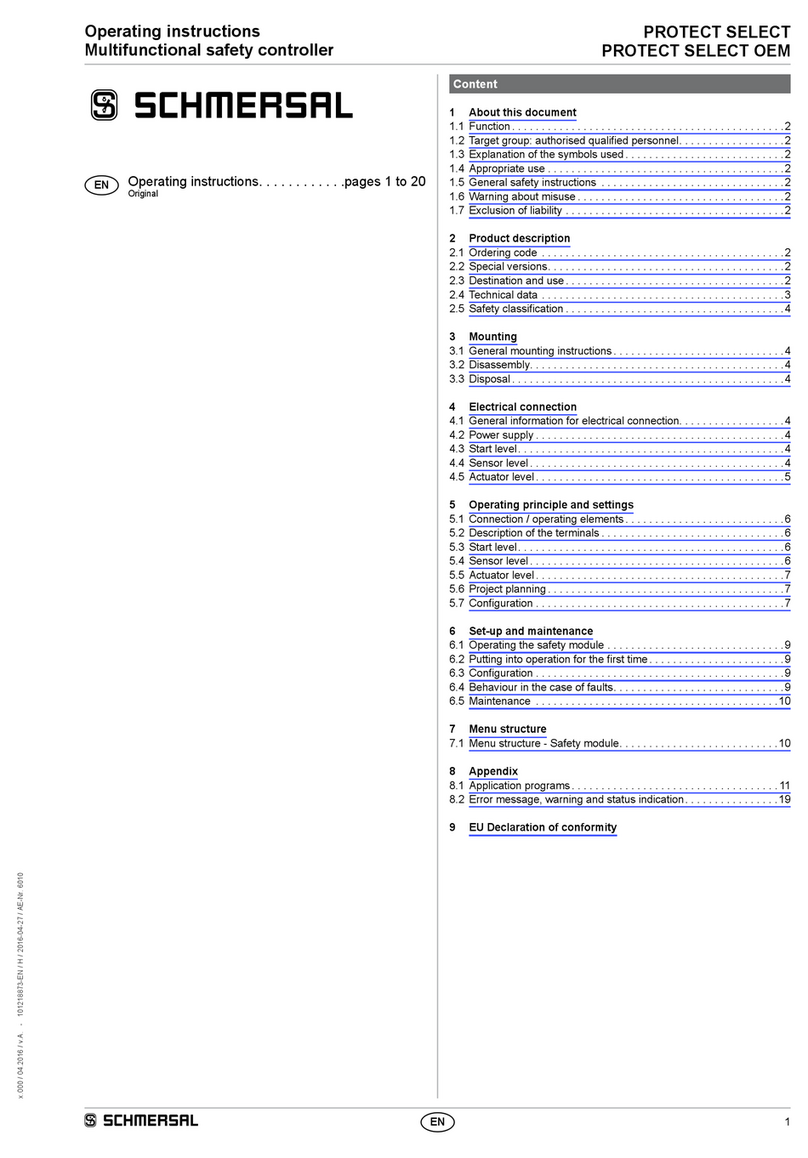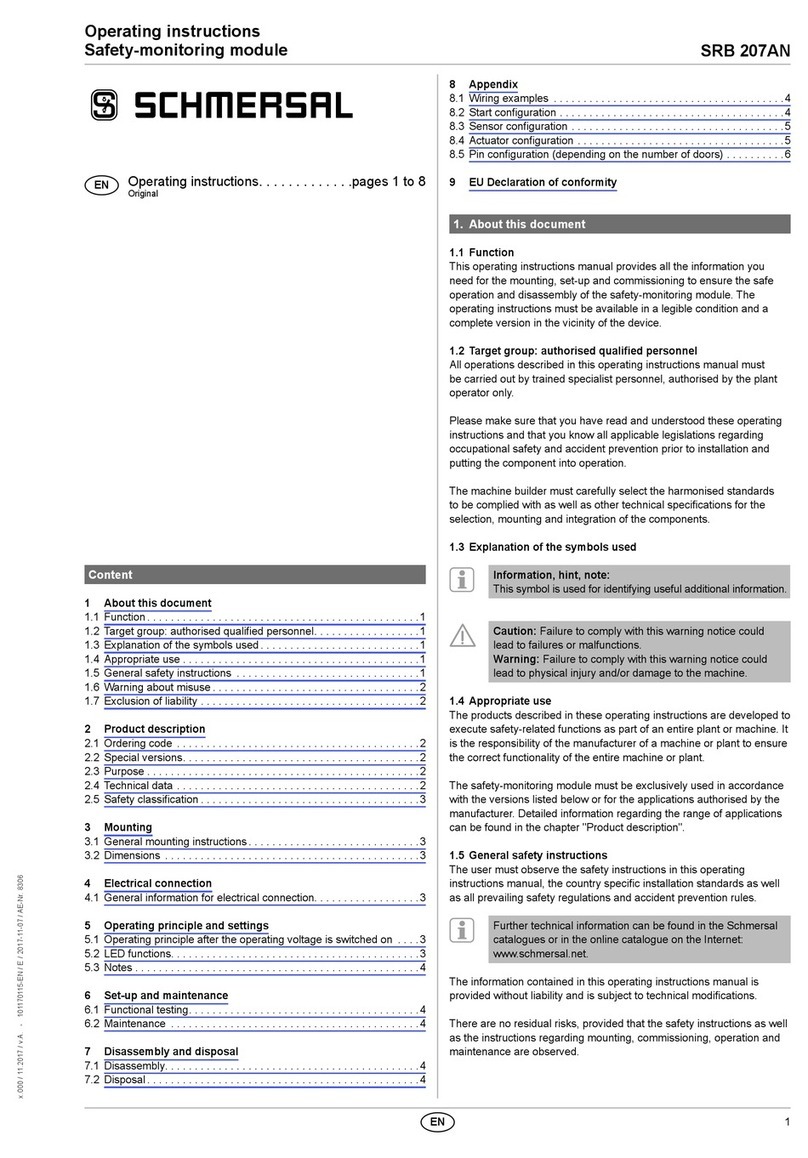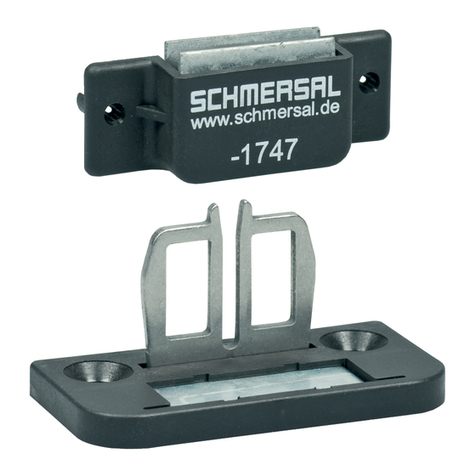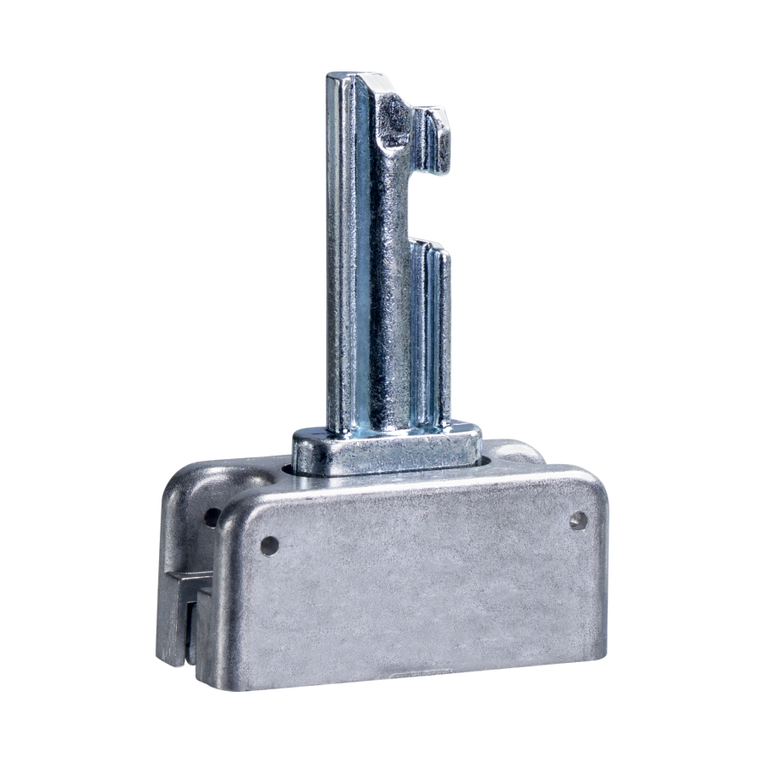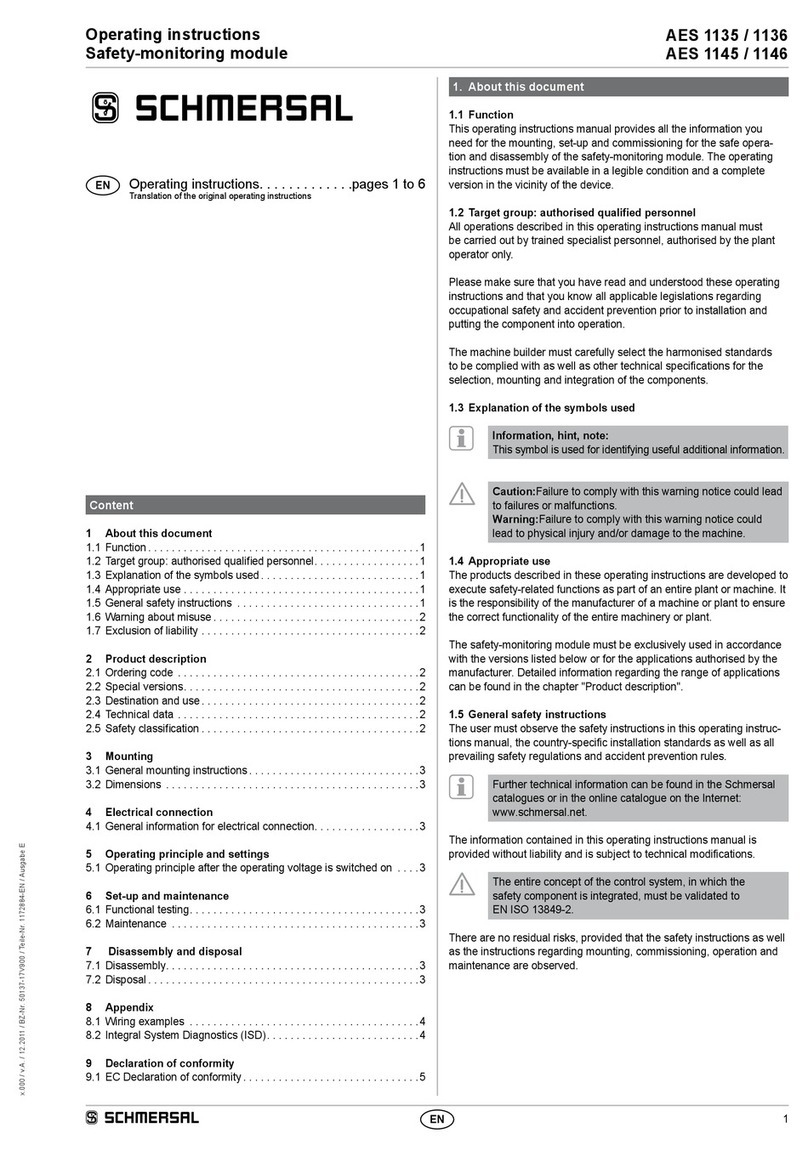
Installation manual
Installation manual PSC1-Field buses V2.2.docx Page 3 of 166
Contents
1
IMPORTANT NOTES .......................................................................................... 7
1.1
Definitions ........................................................................................................................................... 7
1.2
Other applicable documents ................................................................................................................ 7
1.3
Abbreviations used .............................................................................................................................. 8
2
SAFETY INSTRUCTIONS ................................................................................... 9
2.1
Intended use ........................................................................................................................................ 9
2.2
General safet instructions .................................................................................................................. 9
2.3
Operating and service ........................................................................................................................ 10
2.4
Transport/storage ............................................................................................................................. 10
3
DEVICE DESCRIPTION AND FUNCTION ........................................................ 11
3.1
Fieldbus-specific properties ............................................................................................................... 12
3.1.1
EtherNet/IP....................................................................................................................12
3.1.2
PROFINET IO................................................................................................................13
3.1.3
EtherCAT.......................................................................................................................13
3.1.4
PROFIBUS ....................................................................................................................14
3.1.5
CANopen.......................................................................................................................15
4
EQUIPMENT AND SETTINGS .......................................................................... 16
4.1
Ethernet-based device variants (-FB1) ............................................................................................... 16
4.2
CAN or RS485-based device variants (-FB2) ....................................................................................... 17
4.3
Diagnostic LEDs.................................................................................................................................. 18
5
CONNECTION AND INSTALLATION ............................................................... 20
5.1
General installation instructions ........................................................................................................ 20
5.2
Installing PSC1 modules ..................................................................................................................... 21
5.3
Assembl of modules and backplane bus .......................................................................................... 22
5.4
Address selector switch ..................................................................................................................... 22
5.5
Assignment of connection socket ...................................................................................................... 23
5.5.1
Fieldbus interface connection socket with the FB1 option (RJ45 socket).........................23
5.5.2
Fieldbus interface connection socket with the FB2 option (D-SUB- socket).....................23
6
MODIFICATION / DEALING WITH CHANGES TO THE DEVICE .................... 23
7
MAINTENANCE................................................................................................. 24
7.1
Replacement of a module .................................................................................................................. 24
8
TECHNICAL DATA ........................................................................................... 24
8.1
Ambient conditions ........................................................................................................................... 24
9
DIAGNOSTIC DATA.......................................................................................... 25
9.1
PSC1-C-10-x-FB1/2 diagnostic data .................................................................................................... 25
9.2
PSC1-C-100-x-FB1/2 diagnostic data .................................................................................................. 26
9.2.1
Structure for device profile 0 (= free assignment) ...........................................................26
9.2.1.1
Configuration with axis extension modules (slave module) .........................................26
9.2.1.2
Configuration without axis extension modules (slave module).....................................27
9.2.1.3
Data types .................................................................................................................28
9.2.2
Structure for device profile 1 (= only logic data)..............................................................30
9.2.3
Structure for device profile 2 (= logic data + process data for each slave).......................31
9.3
SD-Bus data ....................................................................................................................................... 34
9.3.1
Fieldbus data SD-Bus Gateway .....................................................................................34
9.3.2
Fieldbus data SD slave ..................................................................................................34
9.3.3
Structure of the SD bytes in the fieldbus protocol ...........................................................35
9.3.4
Reading acyclic data from the SD slave .........................................................................36
10
ASSIGNING IP ADDRESS (-FB1 OPTION ONLY)........................................ 39
11
COMMISSIONING AND CONFIGURATION PROFINET IN SAFEPLC2 AND
TIA PORTAL (FROM STEP 7 V10).......................................................................... 41
11.1
Parameter configuration.................................................................................................................... 46
